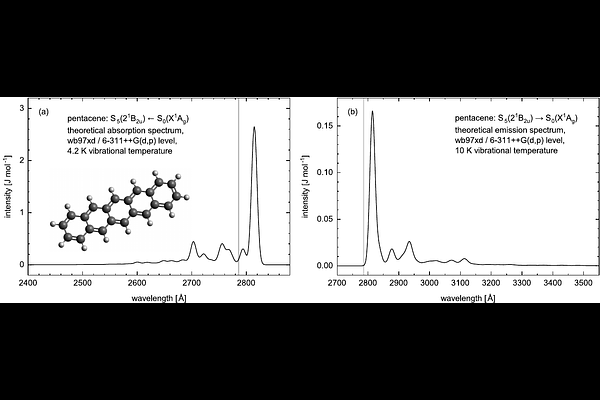Ultraviolet Spectra of Comets: Rejecting the Detection of Pentacene, Toluene, and Fe+

Ultraviolet Spectra of Comets: Rejecting the Detection of Pentacene, Toluene, and Fe+
Gaël Rouillé
AbstractA recent study announced the detection of three bands in the ultraviolet emission spectra of more than a dozen comets, assigning two of them to pentacene (C$_{22}$H$_{14}$) and the third one to toluene (C$_7$H$_8$). The comparison of the spectra with the results of exploitable laboratorymeasurements on rare-gas-matrix-isolated pentacene and on jet-cooled toluene does not reveal elements that would justify the assignment, which is therefore unsubstantiated. The study also claimed the detection of an Fe II line in the gas of all but one comet. Yet, spectroscopic data on Fe II do not corroborate the attribution. Because spectroscopic measurements on the ultraviolet emission of pentacene in the gas phase are not available, this work also presents a synthetic spectrum of the S$_5$ $\rightarrow$ S$_0$ transition relevant to the wavelength range of the observations. Calculated using density functional theory and its time-dependent extension, the synthetic spectrum may facilitate the search for pentacene fluorescence in cometary spectra until laboratory measurements are accessible.